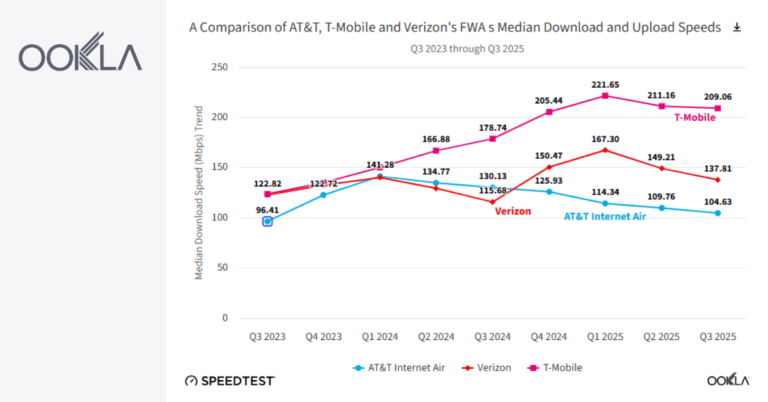Crescendo of Adoption: Industry-Specific Symphonies
India’s diverse sectors are eagerly adopting private 5G networks, each composing their unique 5G symphonies. In manufacturing, automated production lines are becoming the norm. In mining, real-time safety monitoring is revolutionizing operations. Hospitals are now capable of performing remote surgeries. Each industry finds its own rhythm, harnessing the power of private 5G to enhance efficiency, safety, and innovation.
Rise of the Network Bandleaders
System integrators like LTTS, Tata Communications, and Infosys, alongside startups like Niral Networks, are emerging as the conductors of this technological orchestra. These entities guide businesses through the intricate processes of network design, deployment, and management, ensuring a seamless transition into the private 5G realm. Their expertise ensures that enterprises can confidently navigate the complexities of private 5G.
From Solo Acts to Ensembles
While individual deployments of private 5G are on the rise, the true potential lies in collaborative ecosystems. Imagine a smart city where logistics companies, energy providers, and traffic management systems all operate in harmony on a shared 5G network. This collaborative approach represents the future of private 5G, creating a cohesive and efficient urban environment.
Counterpoint of Concerns
However, several challenges must be addressed to realize this vision:
- Cost: High costs are a significant barrier, especially for smaller players. Exploring alternative network architectures like open RAN (Radio Access Network) and fostering equipment financing options can make private 5G more accessible.
- Spectrum: The lack of dedicated spectrum for enterprises hampers progress. While the Department of Telecommunications (DoT) offers flexible options, dedicated allocations tailored to specific industry needs could significantly enhance the deployment of private 5G.
- Skill Gap: Bridging the skill gap is essential. Educational institutions should integrate 5G expertise into their curriculums, while targeted training programs can empower a skilled workforce ready to manage and deploy 5G networks.
- Security: Data security and privacy are paramount. Robust security protocols, regulatory frameworks, and user awareness campaigns are necessary to ensure a secure and trustworthy 5G environment.
Potential Players in India
Among the key players in the private 5G landscape is Niral Networks, a startup that specializes in private 5G implementation. Their deep understanding of the unique needs of enterprises and healthcare institutions, combined with competitive pricing, makes them an ideal partner for private 5G deployment.
Strategic Steps for Private 5G Adoption
To prepare for private 5G adoption, businesses should undertake strategic planning and proactive steps:
- Assess Use Cases: Identify specific needs and use cases, whether it’s industrial automation, IoT, or enhanced campus connectivity, and tailor your strategy accordingly.
- Evaluate Spectrum Options: Explore available spectrum bands for private networks. Choose between licensed spectrum for reliability or unlicensed bands like CBRS (Citizens Broadband Radio Service) for flexibility.
- Infrastructure Readiness
- Conduct thorough site surveys to identify optimal locations for base stations and antennas.
- Ensure robust backhaul connectivity through fiber, microwave, or satellite.
- Evaluate power availability and backup solutions.
- Vendor Selection
- Choose reliable vendors for network equipment.
- Collaborate with experienced system integrators who understand the intricacies of 5G deployment.
- Security and Privacy
- Implement strong authentication mechanisms and encryption protocols.
- Define access policies and permissions for different user groups.
- Network Slicing: Explore network slicing capabilities to create virtual networks within the same infrastructure, catering to diverse applications with varying requirements.
- Testing and Validation:
- Validate network functionality, security, and performance under different loads.
- Regulatory Compliance
- Obtain necessary licenses for licensed spectrum.
- Adhere to local guidelines related to 5G deployment.
- Training and Skill Development
- Train IT and network teams on 5G technologies.
- Encourage relevant certifications for network professionals.
- Collaborate with Ecosystem Partners
- Engage with businesses, industry associations, and government bodies to foster a supportive ecosystem.
- Share best practices and learn from others’ experiences.
Security Measures for Private Networks
To address security concerns, businesses should take the following actionable steps:
- Access Control and Authentication: Implement robust access controls and strong authentication mechanisms.
- Encryption: Use encryption protocols like TLS and IPsec for data in transit and secure storage solutions for data at rest.
- Network Segmentation: Isolate critical systems from less secure areas through network segmentation.
- Regular Audits and Monitoring: Conduct periodic security audits and implement intrusion detection and prevention systems.
- Patch Management: Keep network devices updated with security patches.
- Secure Configuration: Disable unnecessary services and ports, and use strong, unique credentials.
- Physical Security: Secure access to network equipment rooms and monitor physical access.
- Incident Response Plan: Develop and regularly test an incident response plan.
- Vendor Assessment: Evaluate the security practices of network equipment vendors.
- User Awareness Training: Educate employees on security best practices and foster a security-conscious culture.
Conclusion: Collaborative Path Forward for Private 5G in India
The future of private 5G in India is a collaborative masterpiece requiring the participation of diverse stakeholders. Government policies, industry collaboration, and academia’s role in talent training will shape this harmonious performance. As businesses embark on the journey of private 5G adoption, strategic planning and proactive measures will ensure a smooth and secure transition.









































